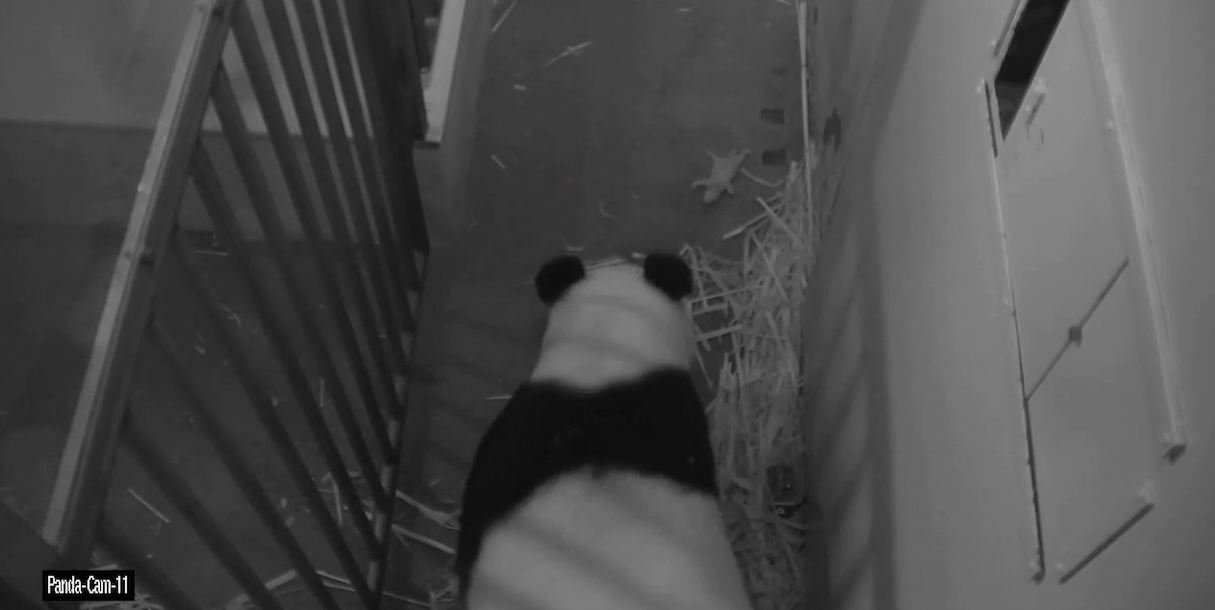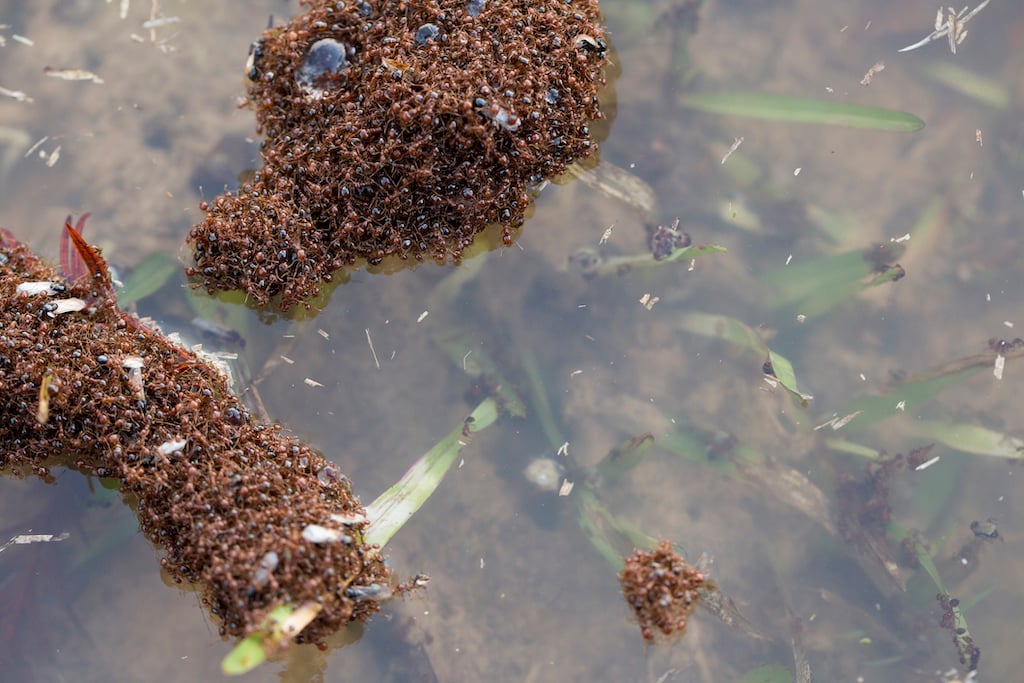If you hate pandas, or especially if you like pandas, please do not watch this video of a panda giving birth. Or this one. Or this one. In the wild, pandas have reproductive rates similar to those of black bears in the US. In zoos, though, it’s complicated. Now, as Smithsonian’s National Zoo waits to see whether giant panda Mei Xiang will birth a cub in the next few days, we present a quick guide to the fundamental mystery of pandas giving birth in captivity: How does this species continue at all?
Wait–the zoo found out on Friday that Mei Xiang is pregnant, and the baby is due any day now?
Pandas take an approach to pregnancy that could make even the most laid-back person wild with rage. Pseudopregnancies are common, gestation can take anywhere between 95 and 160 days, and pandas are not especially cooperative with ultrasounds. When the bears do deign to submit to such a test, their fetuses are so small they can easily be mistaken for poop.
It sounds like panda pregnancies aren’t straightforward affairs.
In fact, the zoo said upon announcing Mei Xiang’s apparent pregnancy on Friday that there’s a “substantial possibility that Mei Xiang could resorb or miscarry a fetus.” (A few days later, it reported “exciting movements” in another ultrasound.) Panda embryos don’t attach to the uterine wall for weeks or even months after fertilization occurs. Scientists, the zoo says, “do not fully understand why some mammals resorb fetuses.”
Is it easy for them to get pregnant in captivity?
Sure, if you consider flying panda semen to the US and taking steps to encourage them to mate by showing them panda porn easy. Fortunately, the zoo has a longstanding panda-sex-money relationship with area billionaire David Rubenstein.
But once the babies are born, things get a lot clearer, right?
Oh no. Newborn pandas weigh between 3 and 5 ounces, and their genitalia can take months become apparent. The Toronto Zoo gave up four months after some panda cubs were born in 2015 and had a DNA test run so it could finally found out what their sex was. Panda cubs can’t see or crawl for two months. Also they tend to be about 1/900th the size of their mothers, so they’re sometimes accidentally crushed by Mom. Cubs’ lives are precarious in other ways as well. Ling-Ling, the National Zoo’s first female panda, produced five cubs, none of which survived. Mei Xiang produced the zoo’s first surviving cub, Tai Shan (aka Butterstick), and has delivered six cubs altogether, three of which have survived. Then, after a few months, it pains us to admit, those things get really, really cute.
So if the cub or cubs make it, when will we know their names?
Pandas are traditionally named 100 days after birth. Bei Bei’s name was announced in September 2015 by first lady Michelle Obama and Chinese first lady Peng Liyuan. Were a panda to be born in the next few days, it would likely be named in late November or early December.
How long will this cub (or cubs) stick around?
The agreement between the US and China that keeps Mei Xiang and her reproductively mediocre male counterpart, Tian Tian, expires this December 7, and while the Trump administration is not especially inclined to do any deals with China, experts told Washingtonian last year that the giant pandas are unlikely to become pawns in a trade war. Among many other reasons, Leigh Giangreco wrote, “taking cuddly bears away from zoogoing kids would be bad PR.” Under the terms of the current agreement, all cubs born at the zoo must leave when they’re four.
How can I keep an eye on how things are going for Mei Xiang?
You clearly have not watched the videos I linked up top. Good choice. Keep a tab open on Panda Cam and install an eye-washing station nearby.




















